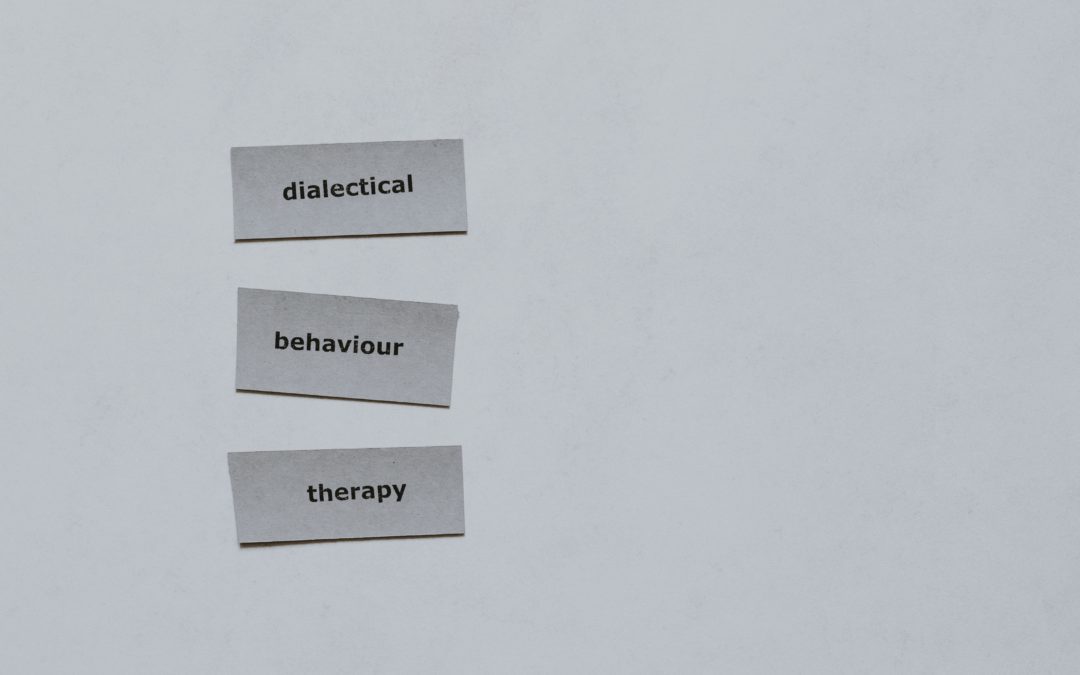Author: Subrina Singh
DBT (Dialectical Behavior Therapy) founded by psychologist, Dr. Marsha Linehan of Stony Brook University, has recently gained a lot of popularity. It was Selena Gomez actually who brought light to DBT, discussing how greatly it had impacted her life as a treatment for Borderline Personality Disorder. Unfortunately, while DBT has become a much acquired form of treatment for not only Borderline Personality Disorder but for Bipolar Disorder, Generalized Anxiety Disorder as well as Depression, there are major issues when it comes to its accessibility. While some hospitals are implementing DBT as part of inpatient psych treatment in therapy groups, it is difficult to find a DBT program or IOP (intensive outpatient program) that are covered by insurance. In fact, even the course and certification required to train therapists is quite costly. This is just another piece of evidence proving that the accessibility to mental health care is lacking.
DBT is structured in a way that focuses on teaching skills as a way to cope with symptoms of any mental illness. These skills or coping mechanisms are divided and taught within the four modules of DBT: mindfulness, emotion regulation, distress tolerance and interpersonal effectiveness. Many of the core concepts, such as Wise Mind, of DBT are rooted from Buddhism. DBT is a form of talk therapy that focuses on acceptance of reality as well as working to practice healthier behaviors. Each of these modules aim to address specific aspects of our lives that we may struggle with. The skills that are taught within the modules are taught through individual therapy, group therapy and very often worksheets and workbooks. Practicing these skills consistently is encouraged in order to easily implement them in our lives when needed. In addition to focusing on unhealthy behaviors, DBT also teaches ways to regulate our emotions, set boundaries and communicate in a healthier way with our loved ones.
I live with bipolar disorder. I was diagnosed at 16 years old following a manic episode that cycled into severe depression. My diagnosis came after battling suicidal ideations and psychosis from the age of 14. Like many others struggling with bipolar disorder, I struggled to find a medication that eased my symptoms while not causing many side effects. This trial and error and medication titration took months, during which I was continuing psychotherapy but quite frankly, not seeing many results. I had lost faith in medication and upon beginning my freshman year of college, I decided to stop both medication and therapy, which led to an intense manic episode; it was a very tumultuous time in my life and my psychiatrist recommended DBT while also restarting medication. Few months before my 19th birthday, I began a DBT IOP. Most of these programs have a similar structure: individual and group therapy once a week.
There’s no way for me to really explain how DBT has changed my life. I had been in therapy for about 5 years when I began my program and never felt that it was helping. I was searching for ways to change my unhealthy behaviors and deal with my emotions, which very much out of my control. DBT was my answer. I will admit, it might have been the first time that I truly listened to my providers. I had a treatment plan and a team that I greatly believed in and took every word and suggestion to heart. I was working to become medication compliant and also identified the unhealthy behaviors that were holding me back. Furthermore, I was at a point in my journey where I needed to work on acceptance. Radical Acceptance is one of the most essential and recognized skills within DBT. I would actually credit DBT with igniting my acceptance journey and confidence in my story in such a powerful way, I wanted to share it with others.
Upon the completion of my IOP, I began seeing a psychologist trained in DBT. I found this to be a good way to continue practicing my DBT skills and working it like my own personal program. Needless to say, I have worked through countless DBT workbooks and now, when choosing a program or hospital for a high level of care, I chose one that follows a DBT program. Integrating the program into my life has proven to be successful. It gives me focus and guidance; without these skills I do not know how I would cope. DBT skills have given me the control of my illness and symptoms, which is a pretty amazing feeling after enduring episodes and symptoms that once controlled me.

Subrina Singh was diagnosed with bipolar disorder 1 with psychotic features at 16 years old. She currently resides in Long Island, New York with her family and spends most of her time advocating for mental health as well as facilitating DBSA support groups for those struggling with mood disorders. For many years, Subrina hid her illness; finally in 2014 as a Columbia University graduate student Subrina decided to share her story in an anthology entitled, Her Name is Kaur. She began sharing her journey with bipolar disorder as a South Asian woman, through her writing for online platforms such as HuffPost and BrownGirlMagazine. She has also spoken at NAMI SAMHAJ as well as medical and pharmacy schools. Growing up in a traditional Indian home, Subrina was not greatly encouraged to share her diagnosis; today she works endlessly to eradicate the stigma surrounding mental illness, especially within the South Asian community. She is an avid reader and writer; in her free time she can be found writing poetry, journaling and working through her DBT workbooks. Subrina is forever the optimist and often refers to herself as “bipolar and blessed.”
The content of the International Bipolar Foundation blogs is for informational purposes only. The content is not intended to be a substitute for professional medical advice, diagnosis, or treatment. Always seek the advice of your physician and never disregard professional medical advice because of something you have read in any IBPF content.


